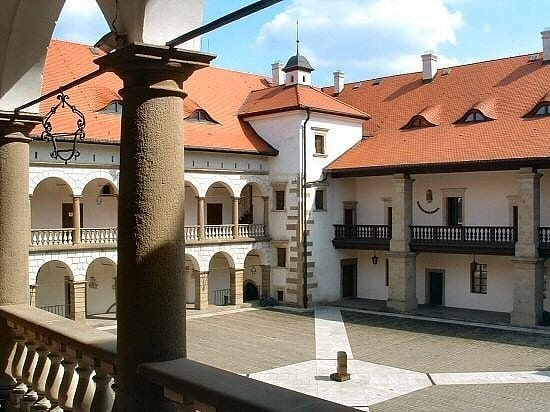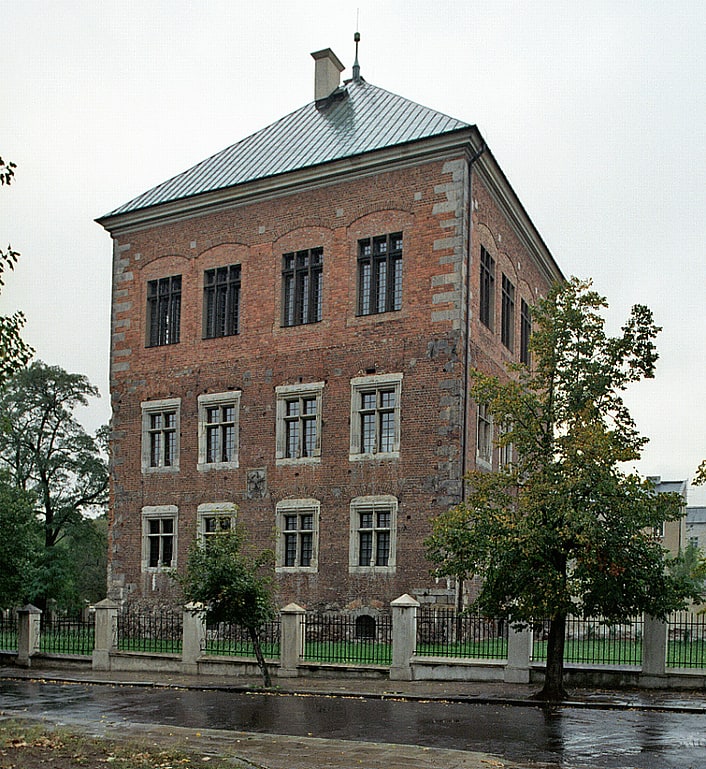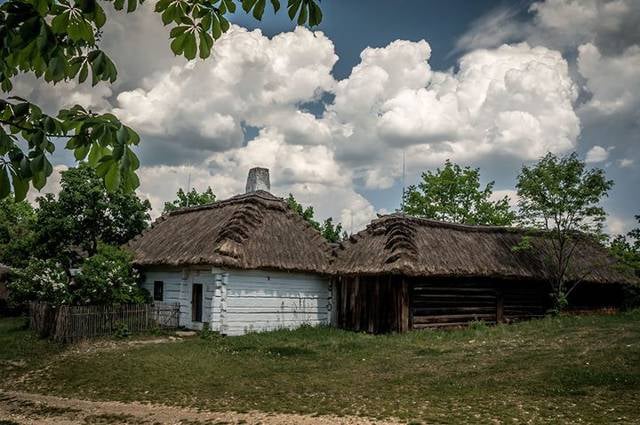Discover 5 hidden attractions, cool sights, and unusual things to do in Chęciny (Poland). Don't miss out on these must-see attractions: Chęciny Castle, Niepołomice Castle, and Piotrków Trybunalski Castle. Also, be sure to include Muzeum Wsi Kieleckiej - Skansen in your itinerary.
Below, you can find the list of the most amazing places you should visit in Chęciny (Świętokrzyskie).
Table of Contents
Chęciny Castle

Also known as: Zamek w Chęcinach
Castle in Chęciny, Poland. Chęciny Royal Castle was built in the late 13th century in Chęciny, Poland. It fell into ruin in the 18th century and remains in that state to this day.[1]
Address: Malogoska 7, 26-060 Checiny
Niepołomice Castle

Also known as: Zamek Królewski w Niepołomicach
Castle in Niepołomice, Poland. Niepołomice Royal Castle is a Gothic castle from the mid-14th century, rebuilt in the late Renaissance style and called the second Wawel. It is situated in Niepołomice, Poland and was extensively reconstructed in the 1990s.
Niepołomice Castle was built by order of King Casimir III the Great on the slope of the Vistula valley, to serve as a retreat during hunting expeditions to the nearby Niepołomice Forest. The castle consisted of three towers, buildings in the southern and eastern wing, and curtain walls surrounding a courtyard. Sigismund I the Old rebuilt the structure, giving it the form of a quadrangle with an internal courtyard. Queen Bona Sforza's gardens were located on the southern flank. In 1550 a great fire destroyed the east and north wings. Reconstruction works were conducted in 1551-1568 under the supervision of Tomasz Grzymała and a sculptor Santi Gucci. At the end of the 16th century the castle passed into the hands of the Curylo, Branicki and Lubomirski families. At that time, only small changes were made to the castle interiors (fireplaces, ceilings). Construction of an arcade courtyard began in 1635 and was completed in 1637.
The Swedish-Brandenburgian invasion in 1655 brought an end to the magnificence of the building. The castle was transformed into a food store during the occupation. In the 18th century it was acquired by King Augustus II the Strong and Augustus III. The reconstruction of the former royal residence began in 1991, when it became the property of Niepołomice Municipality.[2]
Piotrków Trybunalski Castle

Also known as: Zamek Królewski w Piotrkowie Trybunalskim
Museum in Piotrków Trybunalski. The Piotrków Trybunalski Royal Castle is a Gothic-Renaissance structure in Piotrków Trybunalski, Poland. It was built in the form of a residential tower in the 16th century and was transformed into a museum open to the public in 1919.[3]
Muzeum Wsi Kieleckiej - Skansen

Museum
Address: Jana Pawła II 6, Chęciny
Rezerwat Góra Rzepka

Rzepka Mountain Nature Reserve - an inanimate nature reserve within the Chęciny-Kielecki Landscape Park in the municipality of Chęciny, Kielce County, Świętokrzyskie Province. It is located about 1 km southwest of the center of Chęciny.
Area: 9.45 hectares (the deed of establishment stated 9.09 hectares), Year of establishment: 1981, Establishing document: MLiPD Order of 21.09.1981 (M.P. of 1981 No. 26, item 231), PAC record number: 044, Nature of reserve: partial, Object of protection: outcrops of Devonian rocks and remains of historical ore mining (lead ore)
The reserve protects the tops and slopes of the adjacent hills of Góra Rzepka (356 m) and Góra Beylina (355 m) located in the Chêciny Range of the Swietokrzyskie Mountains, as well as part of the former "Korzecko" quarry formed on their slopes.
On the southern slopes of Rzepki Mountain and on the walls of the quarry, xerothermic and rock grasslands occur. Protected and rare species of thermophilous plants grow here, such as: aster, stemless thistle, creeping thistle, meadow pasqueflower, steppe serpentine, blight and large-flowered anemone.
In 2015, the European Center for Geological Education, a science and research center of the Faculty of Geology at the University of Warsaw, was opened near the reserve on the site of a disused quarry.